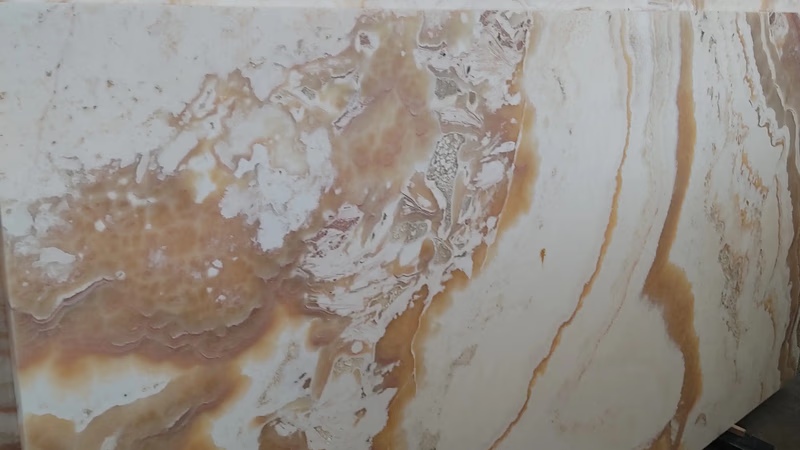
Marble installation techniques for durable surfaces.
Choose the appropriate type of marble for your intended use. Consider factors such as color, veining patterns, durability, and maintenance requirements. Different types of marble may be better suited for specific applications, such as flooring, countertops, or decorative accents. Ensure that the surface where you plan to use marble is properly prepared. It should be clean, level, and free from any debris or contaminants. If necessary, apply a suitable primer or substrate to create a smooth and stable base for the marble installation.
Marble is widely used as a flooring material in residential, commercial, and public buildings. Select the desired marble type, considering factors such as color, vein patterns, and durability. Prepare the subfloor by ensuring it is level, clean, and free from any debris or moisture. Install marble tiles or slabs using thin-set mortar or adhesive, ensuring proper alignment and spacing. Grout the joints between the marble tiles and seal them to prevent staining and moisture penetration. Polish and finish the marble surface to achieve the desired appearance.
Marble is a popular choice for kitchen countertops, bathroom vanity tops, and other surface areas. Select a suitable marble slab based on the desired color, veining patterns, and durability. Work with a professional stone fabricator who will measure, cut, and shape the marble slab to fit the countertop dimensions. Secure the marble countertop to the cabinetry or support structure using appropriate adhesive or mechanical fasteners. Seal the marble surface to protect against staining and etching, especially in areas prone to moisture or spills. Regularly clean and maintain the marble countertop using pH-neutral cleaners and avoid abrasive materials or cleaners that can damage the surface.
Marble can be cut and shaped to fit your desired design. Use appropriate tools such as diamond saws or waterjet cutters to achieve precise cuts. If you require intricate designs or carvings, skilled craftsmen or stone fabricators can help create custom shapes or patterns. It is made of metamorphic rocks, which is formed from the metamorphism of limestone. Its main mineral is calcite.
The diversity of marble in the world are divided into 3 groups:
- Marble with high calcium have the highest consumption.
- Normal transparent marble are known to onyx.
- Hydro silicate marble, that are used in the production of decorative fixtures.
This type of stone has strong energies that are useful for the following treatments: Kidney and liver diseases and removing sediments inside them. A small piece of uncut natural marble in a container that has previously been put water and some mulberry leaves in it, put it in the sun for 5 minutes. Then put the stone on the liver or kidney and two leaves on your third eye (scientists believe that the third eye is like a bean that is placed between two eyebrows and its job is to receive energy signals)
Marble can be used as wall cladding to enhance the aesthetic appeal of interior and exterior walls. Choose the appropriate marble type and consider factors such as color, veining patterns, and suitability for the intended application. Prepare the wall surface by ensuring it is clean, level, and properly prepared to receive the marble cladding. Apply adhesive or mortar to the back of the marble panels or tiles and press them firmly onto the wall surface. Ensure proper alignment and spacing between the marble pieces. Grout the joints between the marble tiles or panels and seal them to protect against moisture penetration and staining. Polish and finish the marble surface for a visually appealing result.
Marble tiles can be installed using thin-set mortar or adhesive. Ensure that the tiles are properly aligned, level, and evenly spaced. Grout the joints between the tiles and seal them to prevent staining and moisture penetration. Marble countertops are usually installed by professional stone fabricators. They will measure and cut the marble slab to fit the desired dimensions. The marble is then secured to the cabinetry or support structure using adhesive or mechanical fasteners. Sealing the countertop is essential to protect it from stains and etching.
Marble can be used to create various architectural elements in construction, such as columns, balustrades, moldings, and decorative accents. Work with skilled artisans, craftsmen, or stone fabricators who specialize in creating custom architectural elements from marble. Provide the desired design specifications and dimensions to the craftsmen. Ensure proper installation and anchoring of the marble elements based on the specific requirements and load-bearing considerations.
Marble panels or tiles can be installed on walls using adhesive or mortar. Proper support and anchoring systems may be required, especially for larger or heavier marble pieces. Grouting and sealing the joints will help ensure a finished appearance and protect against moisture infiltration. Marble can be used for decorative purposes such as moldings, medallions, or intricate carvings. These elements are typically custom-made and installed by skilled artisans or craftsmen.
-

Selecting the right type of marble is crucial for its intended use, whether for flooring, countertops, or decorative accents. Factors such as color, veining patterns, durability, and maintenance requirements should be considered. Proper surface preparation is essential; the area must be clean, level, and free from debris. For flooring installations, marble tiles or slabs should be adhered using thin-set mortar or adhesive with careful alignment and spacing. Grouting and sealing are necessary to prevent staining and moisture penetration. In kitchen and bathroom applications, professional stone fabricators are recommended for cutting and shaping marble slabs to fit specific dimensions. Regular maintenance with pH-neutral cleaners is advised to preserve the surface. Marble can also enhance aesthetic appeal as wall cladding; proper installation involves ensuring a clean surface and using adhesive or mortar effectively.
Custom architectural elements like columns and moldings can be crafted from marble by skilled artisans. Overall, understanding the properties of different marble types and their applications can lead to successful installations in various settings.
-
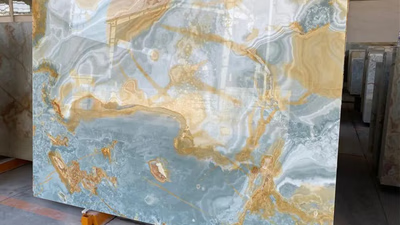
West Asian marble stones are characterized by diverse textures and veining patterns, ranging from fine grains to pronounced linear or wavy veins. The color palette includes classic whites and beiges, as well as shades of brown, gold, gray, and green, influenced by mineral composition and geological processes. These marbles are durable and suitable for various applications due to their strength and resistance to wear. Historically significant, Middle Eastern marbles have adorned iconic structures like the Taj Mahal and Alhambra. Notable varieties include Carrara marble, known for its fine texture; Emperador marble with its rich brown tones; Crema Marfil featuring subtle veining; and Jerusalem Gold marble with its golden hues. Each type is valued for its aesthetic appeal in both traditional and contemporary designs. The region"s marble industry continues to thrive, producing high-quality stones that enhance the elegance of spaces while offering practical benefits such as heat insulation and anti-allergy properties. Marble"s unique features make it a sought-after material in construction and design.
-
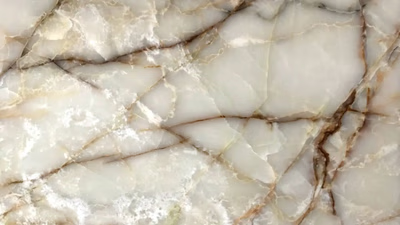
Marble powder, derived from grinding marble, serves multiple roles in pharmaceutical and industrial applications. In pharmaceuticals, it acts as an excipient, enhancing tablet hardness and stability while being a key ingredient in antacid formulations due to its calcium carbonate content. This property helps alleviate symptoms of acid reflux and heartburn. Beyond pharmaceuticals, marble powder is utilized in soil amendments to improve fertility and pH levels, as well as in water treatment processes to remove impurities. Its versatility extends to various industries where it functions as a filler or additive in paints, plastics, and cosmetics. The quality of marble used is crucial for its effectiveness across these applications, necessitating adherence to regulatory standards. Additionally, marble"s hardness allows it to be employed as an abrasive material for cleaning and polishing surfaces. Overall, the diverse applications of marble powder highlight its significance beyond traditional uses in construction. "
-
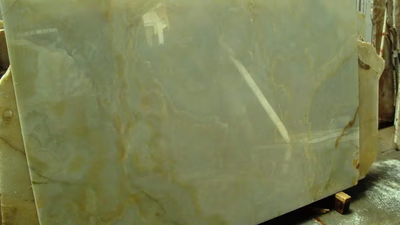
Marble is a highly sought-after building stone known for its luxurious appearance and versatility in various applications. It is commonly used in high-end residential and commercial spaces, enhancing the ambiance with its polished surface that reflects light. Marble serves as wall cladding, flooring, and decorative elements like moldings and medallions, adding sophistication to interiors. Its durability makes it suitable for outdoor landscaping features such as pathways and fountains. The specific type of marble, including color and veining patterns, influences its application suitability. While marble is more expensive than other stones like travertine and granite, its superior quality justifies the cost for many buyers. Key applications include exterior design, kitchen countertops, bathroom vanities, stairs, and fireplace surrounds. However, maintenance is crucial due to marble"s susceptibility to staining and etching.
Overall, natural marble has been a favored choice in architecture for centuries due to its unique beauty and functionality. "
-
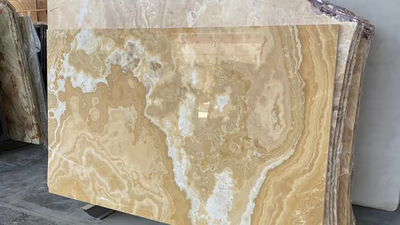
Marble is a metamorphic rock characterized by its diverse colors, veining patterns, and moderate to high luster. The coloration results from impurities during formation, while the veining adds aesthetic appeal. Marble"s grain can vary from fine to coarse based on its original limestone composition and metamorphic intensity. Although it is softer than other stones, with a Mohs hardness of 3-4, marble is susceptible to scratching and staining due to its porous nature. Proper maintenance, including sealing and prompt spill cleanup, is essential for preserving its appearance. The unique physical properties of marble are influenced by geological history, including pressure and temperature conditions that affect its microstructure. Despite its vulnerabilities, marble remains a popular choice for sculptures and architectural elements due to its workability and heat resistance. Regular care can enhance the longevity of marble in various applications. "





